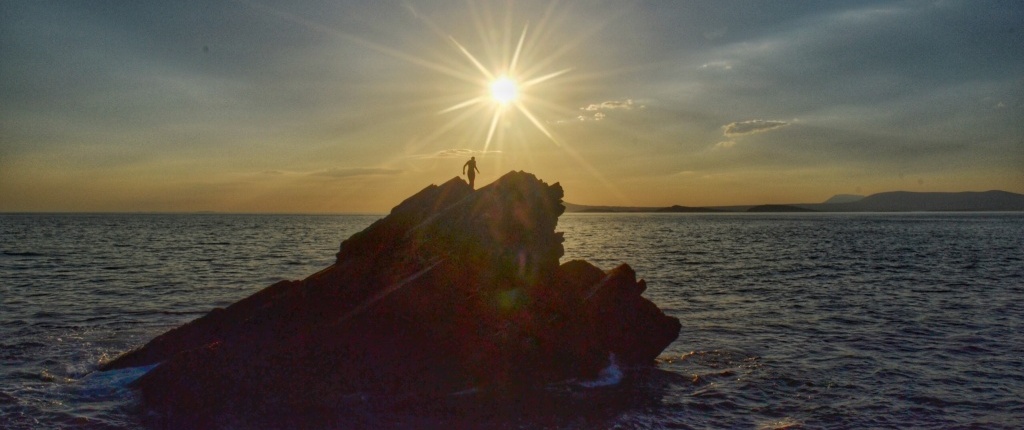News
Wild Atlantic Way Sea Kayaking
The Wild Atlantic Way is one of the longest defined coastal driving routes in the world. Running for 2500 kilometres along the west coast of Ireland from Malin Head in the north to Mizen Head in the south. This outstanding route passes through nine counties and three provinces as it winds its way along the rugged and untamed west coast of Ireland.
The county of Donegal at the northern end of the Wild Atlantic Way is quite simply a sea kayakers paradise. With over 1000km of coastline, 30 uninhabited islands and over 100 sea stacks, found around the counties coastline. It is easy to see why Donegal is the sea kayaking capital of both Ireland and of course, the Wild Atlantic Way. For more information on what sea kayaking is currently available, have a look through, Donegal Islands Guide and download your chosen free mini-guide to that area of the county.
Living underneath our feet along the coast and islands of western Donegal is a large collection of spectacular and little-known granite sea caves. The islands of Umphin, Owey, and Arranmore contain perhaps the more impressive and larger of these caves. The effect of direct sunlight at the correct position and angle into a sea cave causes what I call the Blue Lagoon effect. The seawater in the direct sunlight area glows very brightly the same colour as the sky outside. This, in turn, illuminates the cave walls and roof. In a granite cave, the walls will glow all the colours of the minerals contained within the rock. The whole effect looks like an explosion of light and is a surreal natural phenomenon to witness first hand. This effect happens in any sea cave in which the sunlight enters the cave mouth at the correct angle. It’s just a case of being in the right place at the right time.
Tunnels
One of the more unusual features found on The Wild Atlantic Way is a 300m long tunnel that travels right through the centre of Umphin Island. The tunnel starts at one of the many huge sea caves on the seaward side of the island and ends at the smaller sea cave beside the sheltered raised shingle beach on the landward side of the island. The tunnel is the perfect size for a kayak at the correct tide state and has a 40m long section of complete darkness at about mid passage.
For a safe traverse of the passage, you will need very calm seas with anything over a metre from the south through west to north causing huge amounts of motion in the seaward cave entrance. The ideal tide is about an hour after low at about 1.0m just remember to bring with you as much artificial light as you can carry.
https://uniqueascent.ie/wild-atlantic-way-sea-kayaking

